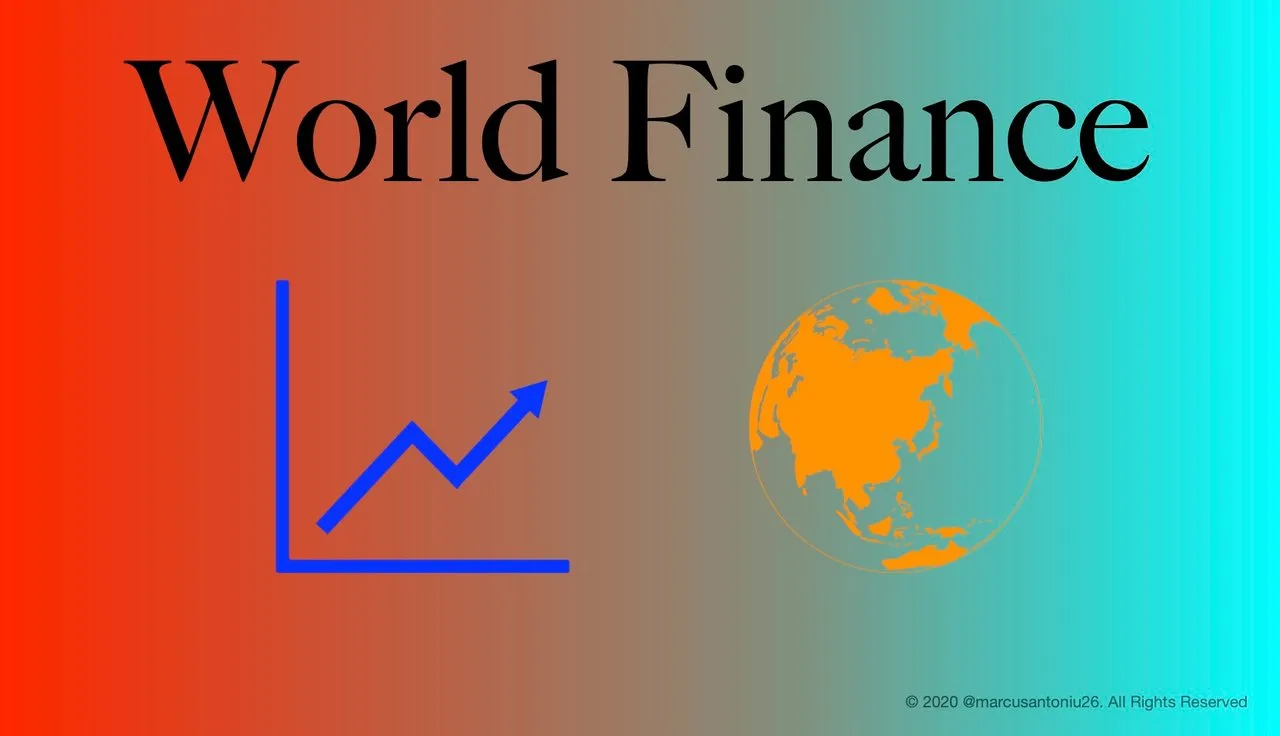
The minimum wage is a legal minimum set by the government for the hourly wage paid to employees. It is intended to ensure that workers receive a fair wage and improve their standard of living. However, the implementation of a minimum wage has negative consequences as well.
Firstly, it can increase the cost of goods and services for consumers. Businesses that are required to pay a higher minimum wage will need to increase their prices to compensate for the added labor costs. This, in turn, can result in inflation, which can reduce the purchasing power of consumers.
Secondly, it can reduce the number of jobs available. Companies may need to cut back on the number of workers they employ in order to remain profitable. As a result, those who would have otherwise been hired, including young and unskilled workers, may face higher unemployment. Additionally, small businesses may struggle to afford the increased labor costs, leading to closures and further reducing job opportunities.
Thirdly, a minimum wage increase can lead to decreased productivity. The higher labor costs associated with the minimum wage can lead to a decrease in the number of hours worked, resulting in reduced productivity. Additionally, companies may choose to automate certain tasks to reduce their labor costs, which can also reduce the number of jobs available.
Fourthly, a minimum wage increase can create wage inflation. When the minimum wage is increased, it can lead to higher wages for those who are earning above the minimum. This can result in a cycle of increasing wages and inflation, which can be difficult to control.
In conclusion, while the minimum wage is intended to improve the standard of living for workers, it has negative consequences as well. It can increase consumer prices, reduce job opportunities, decrease productivity, and lead to wage inflation. Policymakers must weigh these consequences carefully when considering changes to the minimum wage.
For further information, read this article